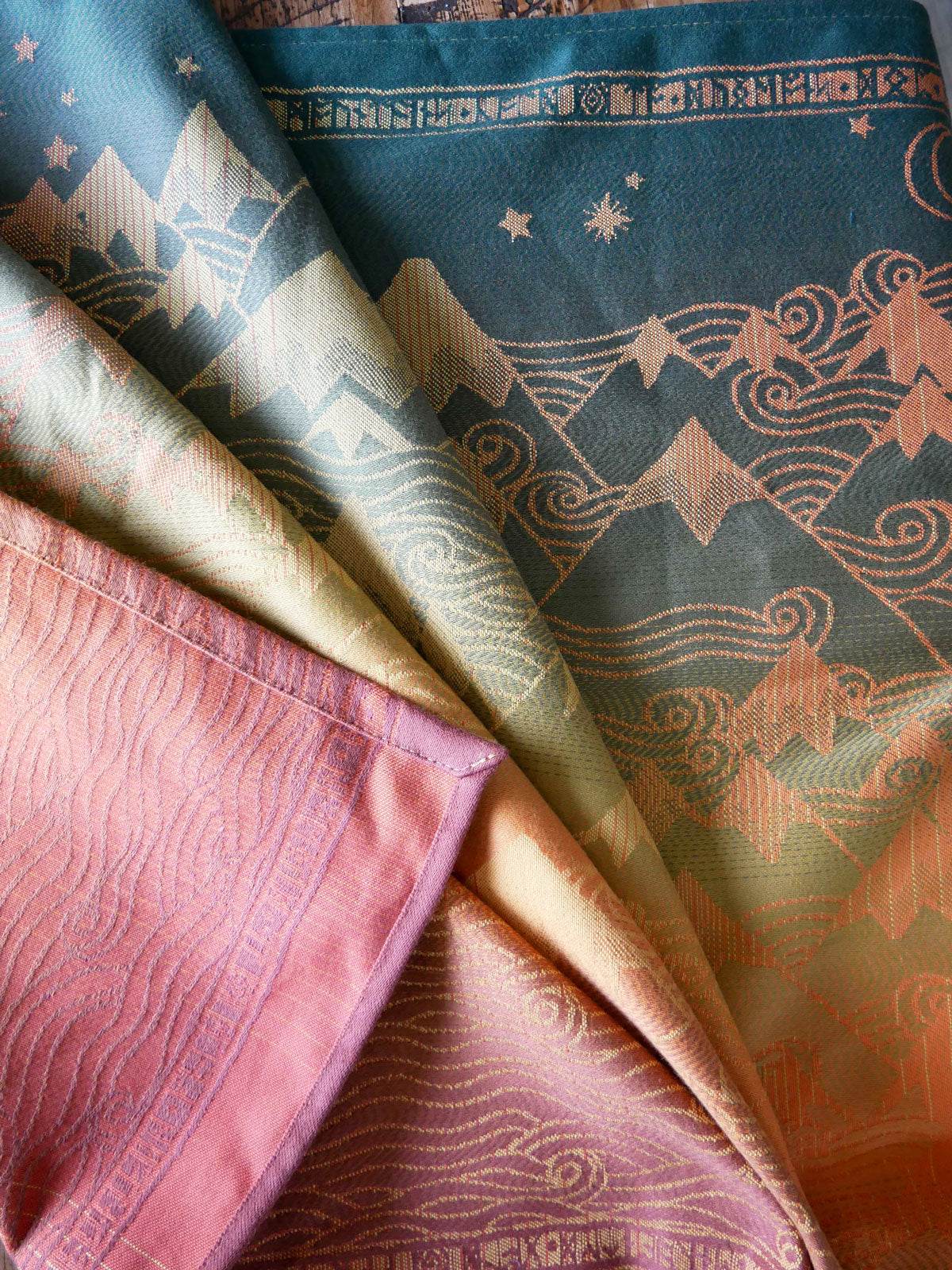
How To Fix A Woven Wrap
Woven wraps are the most versatile and durable type of sling, they can be used for years and even be handed down as treasured heirlooms. But, like any beloved item, wear and tear can happen over time. The nature of woven fabric makes it very strong and supportive but pulls and broken threads are inevitable when your wrap is so well used and loved.
Whether you're a seasoned babywearer or a novice, knowing how to mend pulls, fix broken threads, understand weaver’s knots and prevent thread shifting are useful skills to help extend the life of your wrap.
How to Fix a Pull in Your Woven Baby Wrap
Wondering what the small loop of thread in your baby wrap is and how to fix it? This is known as a pull, they can occur when the fabric in your baby sling has been snagged and a small loop stands out from the weave. These are very common and can happen easily, but they are simple to fix.
Follow the line of the pulled thread in the warp and move the tension back through the fabric until the loop has disappeared. Giving your wrap a wash can then tighten the weave and any evidence of the pull should disappear. Using and wearing your wrap can also help the weave structure settle and tighten.
How to Mend a Broken Thread in Your Woven Baby Wrap
Broken threads often happen when a yarn gets caught and snaps. It can be distressing to find a broken thread in your wrap, but a single broken thread won’t cause too much of a problem in a jacquard woven fabric as the weave is very complex and multi-layered. Issues are possible if you have several broken threads in one area which could lead to a hole.

Fixing a single broken thread in a baby wrap sling where the ends are fairly long and close together is quite straightforward. Simply tie a double knot (a granny knot), then push your needle under the first layer of weave, thread the needle (using a needle threader if you have one), pull the needle through and trim any excess. This method allows you to hide even very short threads and creates a near-invisible finish.
Not sure which is warp and which is weft? You can watch either video to get a good idea of what to do so don't worry too much about it. However, normally, at least with Oscha Slings, the warp thread is the finer one that creates a smooth, shiny area on the front of the fabric and the weft thread is usually thicker and picks out the pattern, and is more visible on the reverse of the baby wrap.
If the ends of the broken thread are not close together or the tails are too short to work with you can secure and hide each end separately.
How to Fix Thread Shifting in a Baby Wrap
Thread shifting is the term used when the threads are not evenly distributed in one small area of the wrap. Threads will be bunched in one spot and leave small gaps in the weave. Some fabrics are more prone to shifting threads than others. It’s more common in fabric with an open weave or when yarns are very smooth.
You can work shifted threads back to their normal position using either tweezers or a blunt needle and manoeuvre them carefully into place. Washing your wrap, according to the instructions, will then help tighten the weave and as a result will smooth out the thread shifting area.
Thread shifting can often happen in new wraps because of repeated pressure being placed on one area. This could be a spot that you repeatedly pull to tighten, especially if you’re doing this with just one finger. Gently nudging the yarns back into place then wash your wrap to help “set” the fibres. If it happens again be aware of any particular pressure you're putting on that spot.
What is a Weaver’s Knot & How to Tidy Them

Weaver’s knots are small knots in the fabric where the warp or weft thread has been repaired during the weaving process or where one spool of yarn has ended and a new spool of yarn has been added in. Weavers knots are perfectly safe and a normal part of any woven fabric, adding to its character. However, if you prefer to hide them you can do so by hiding the ends in the weave and tucking the knot into the fabric.
Woven wraps are more than just pieces of fabric; they’re a part of your parenting journey, they’re made to be used and loved and they’re very strong and enduring when properly cared for. Although pulls, broken threads and thread shifting can be frustrating if they happen they can be fixed. The repair can be quite easy and even add a touch of character, a testament to the journey it's undertaken with you and your little one.
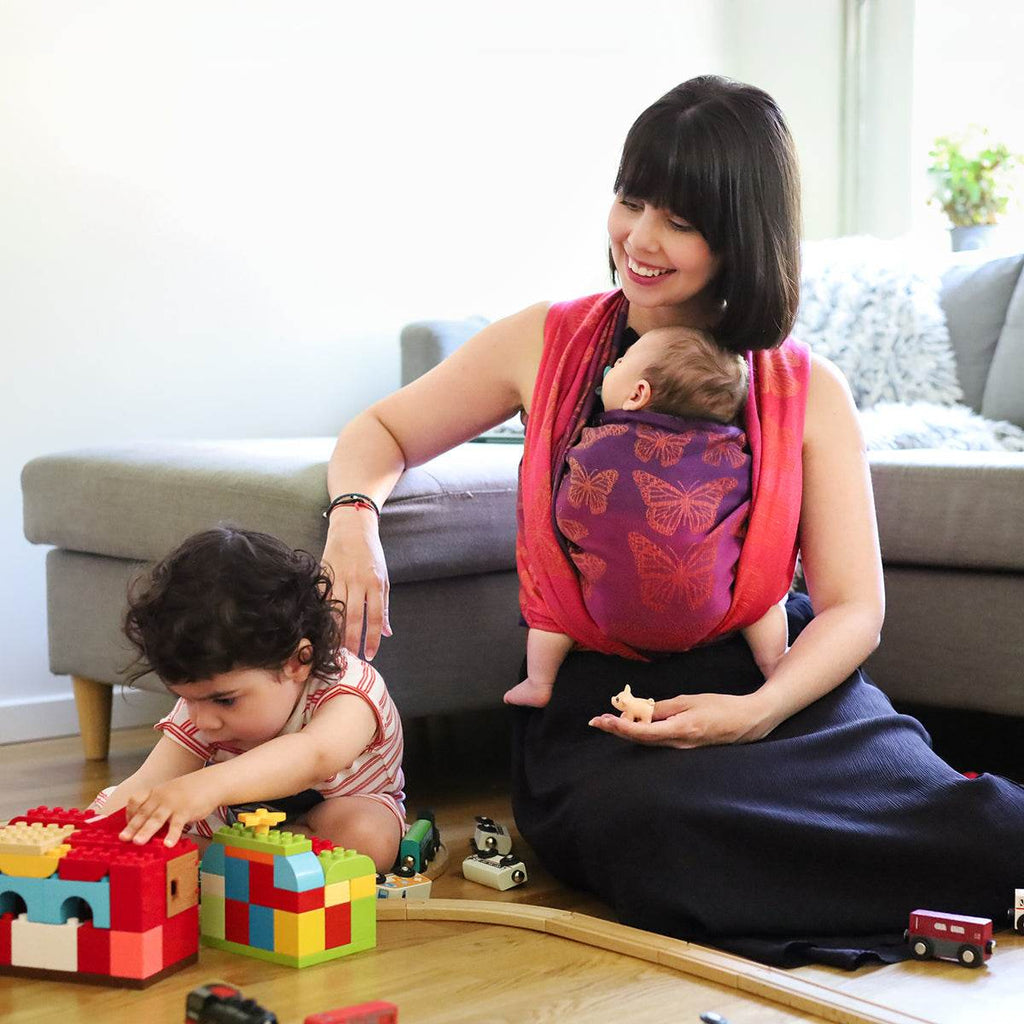
Best Baby Carrier For Newborns 2025
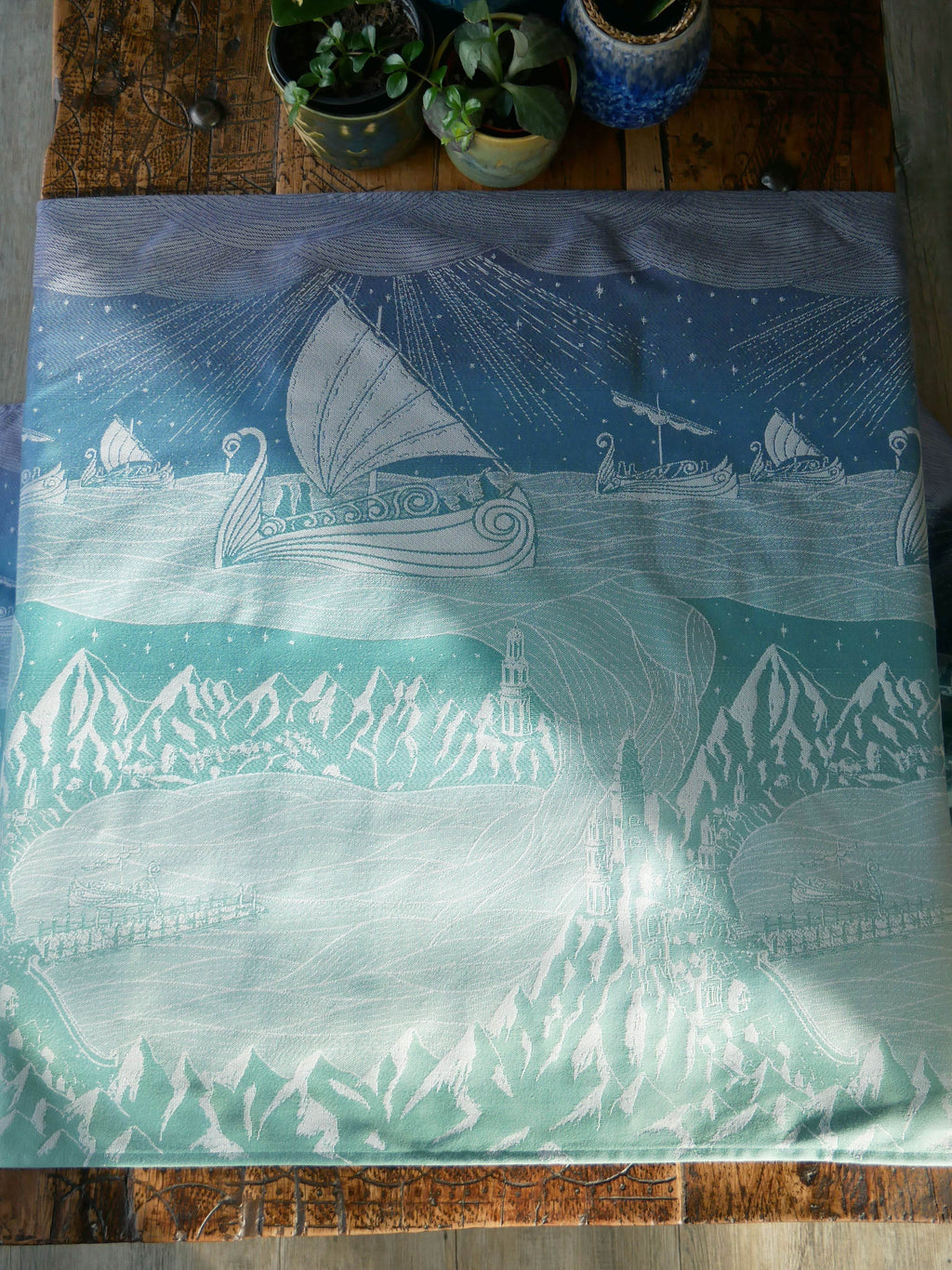
Grey Havens: Oscha Lord of the Rings Design Development
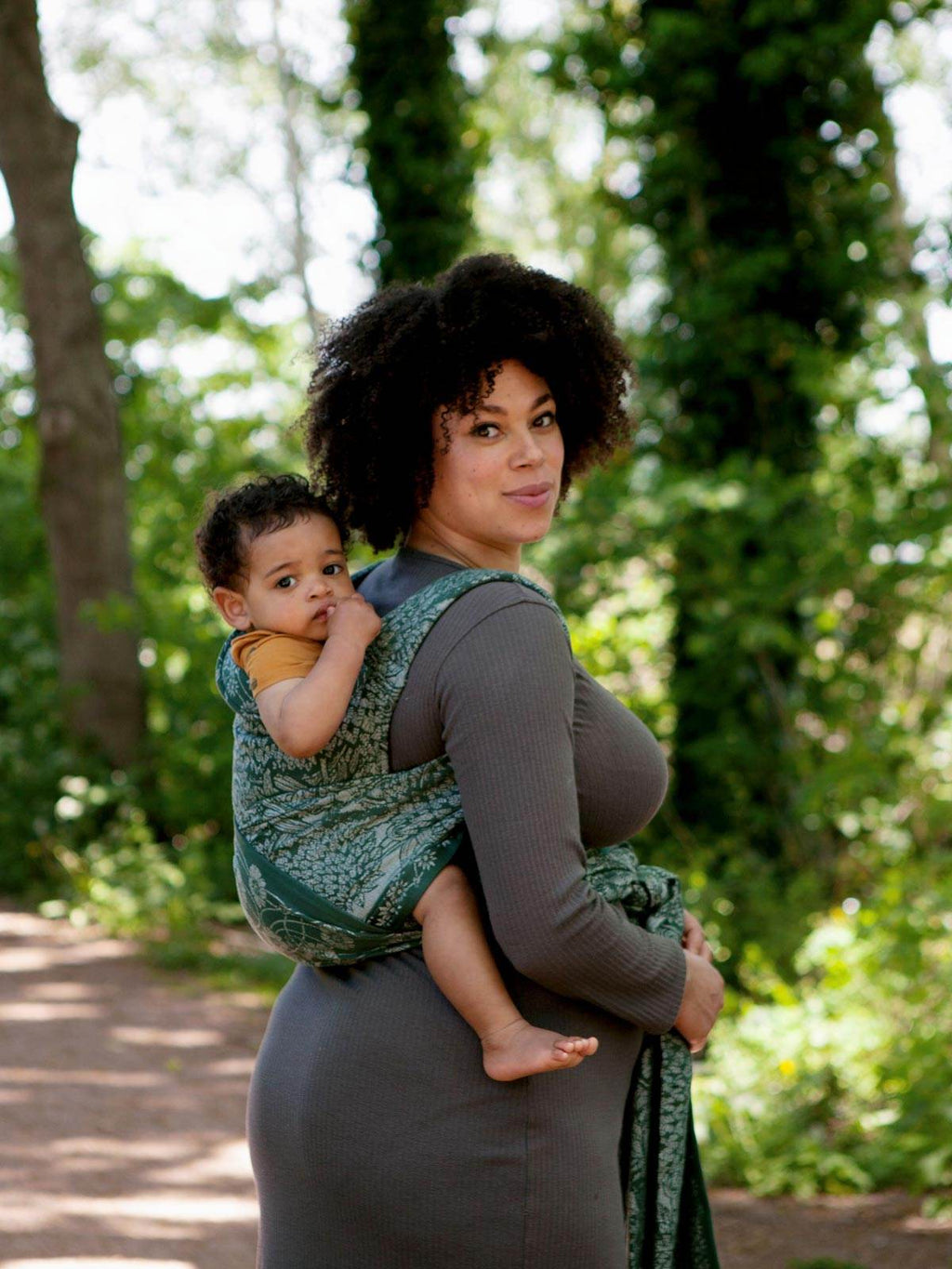
Can Baby Carriers Cause Back Pain?
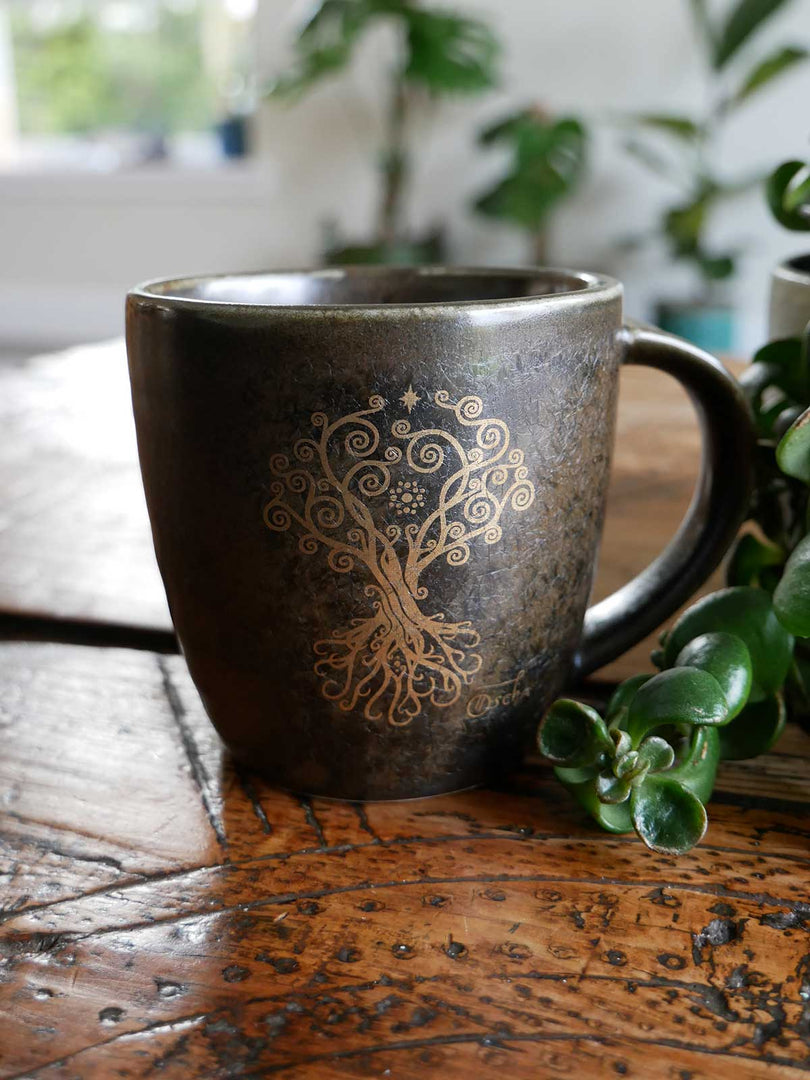

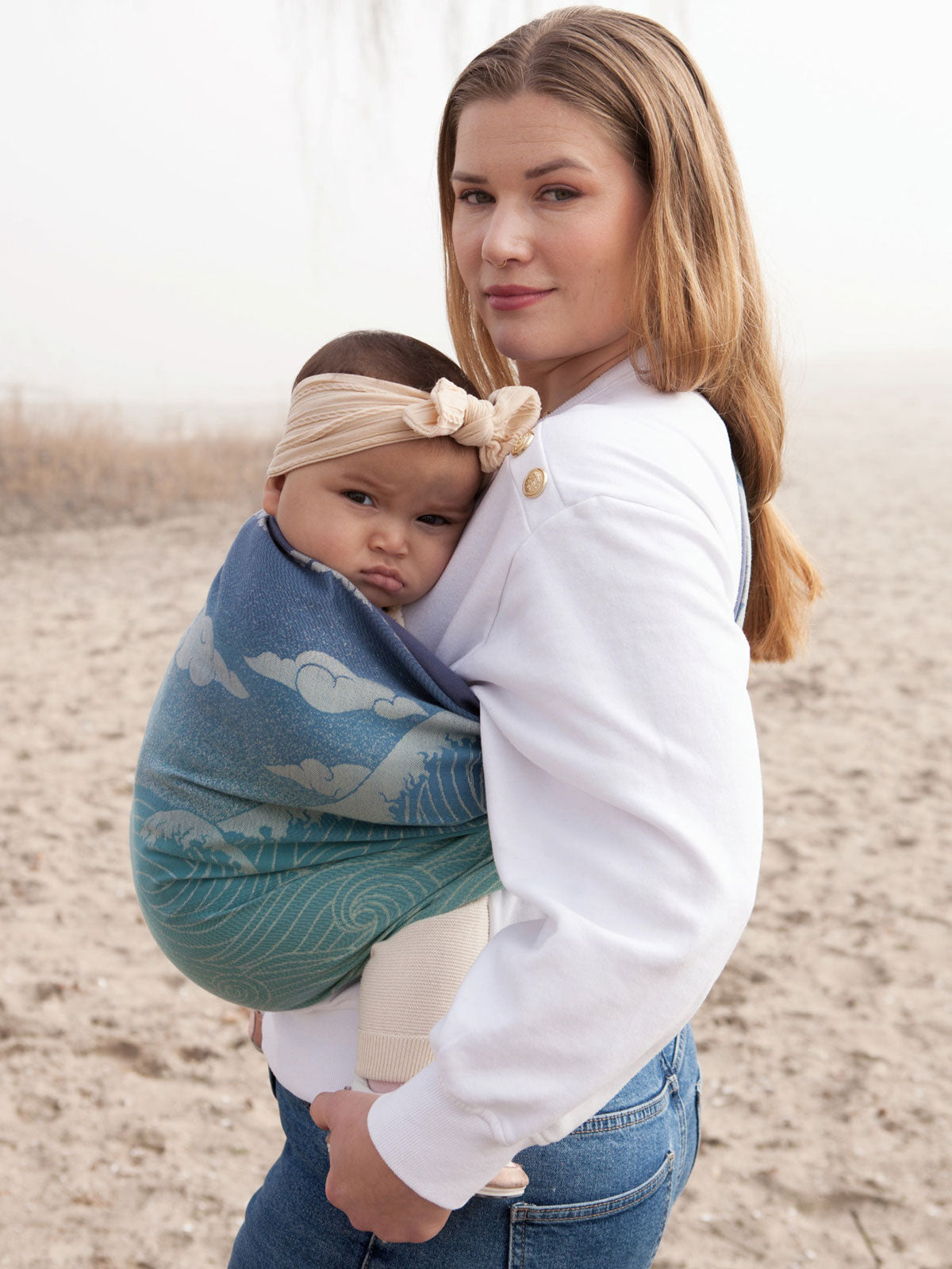
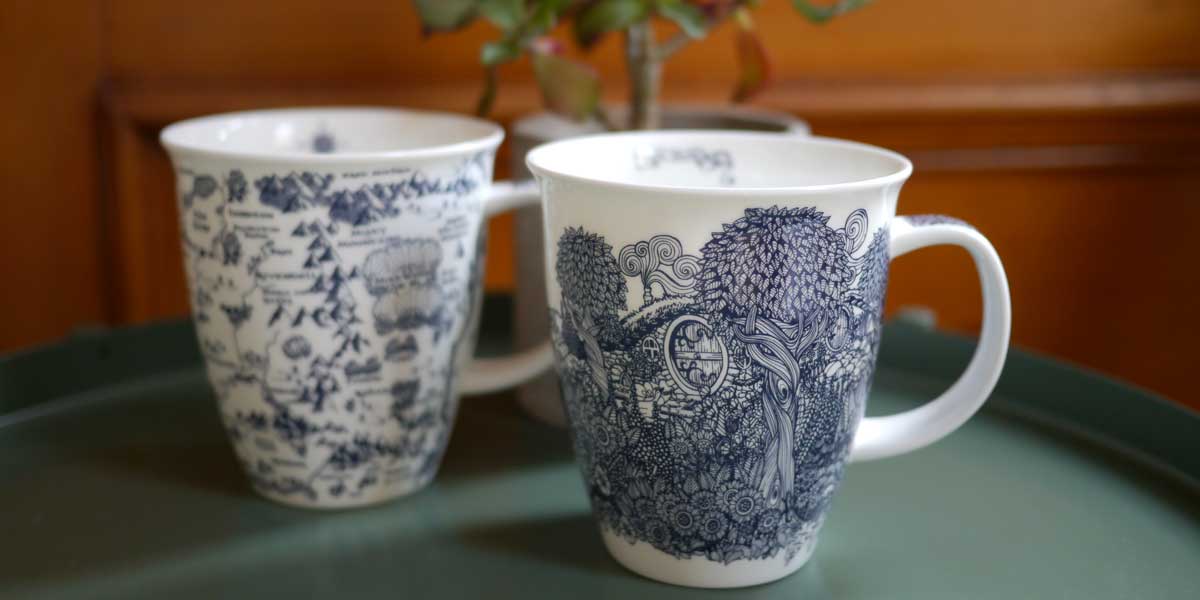
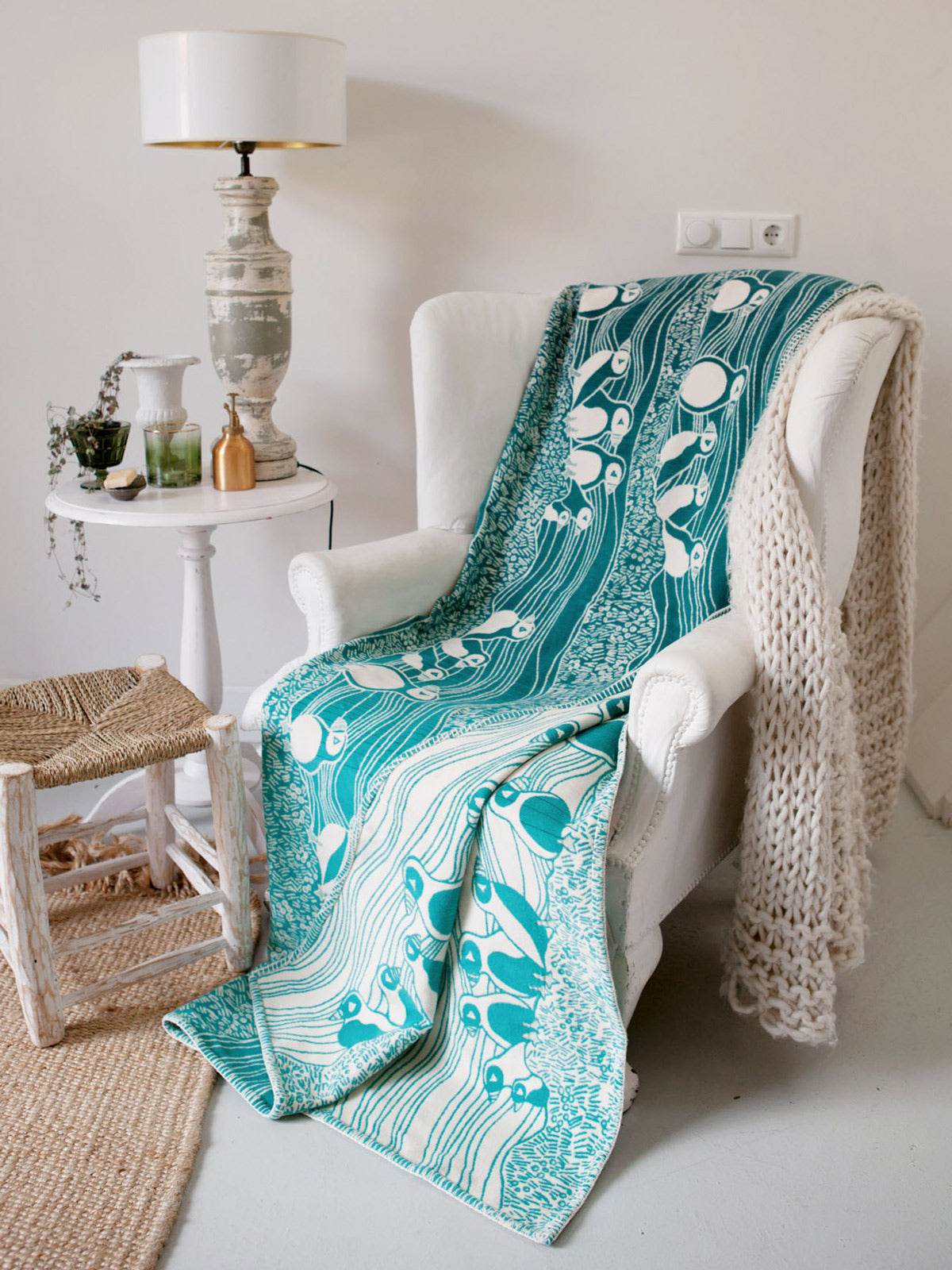
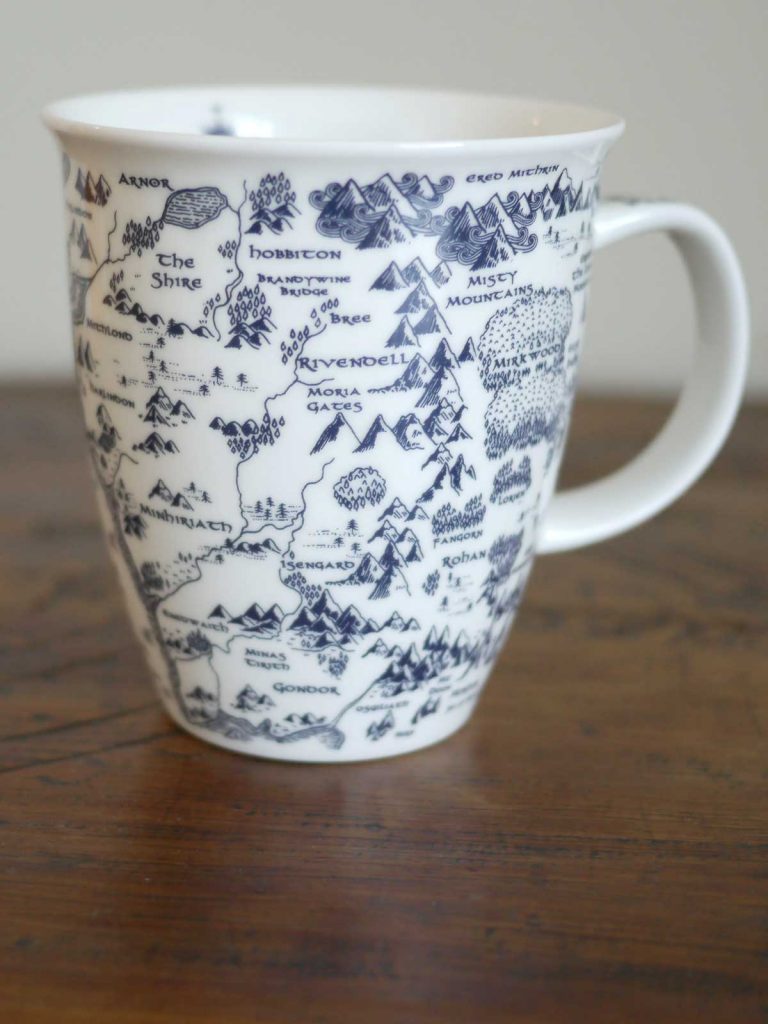
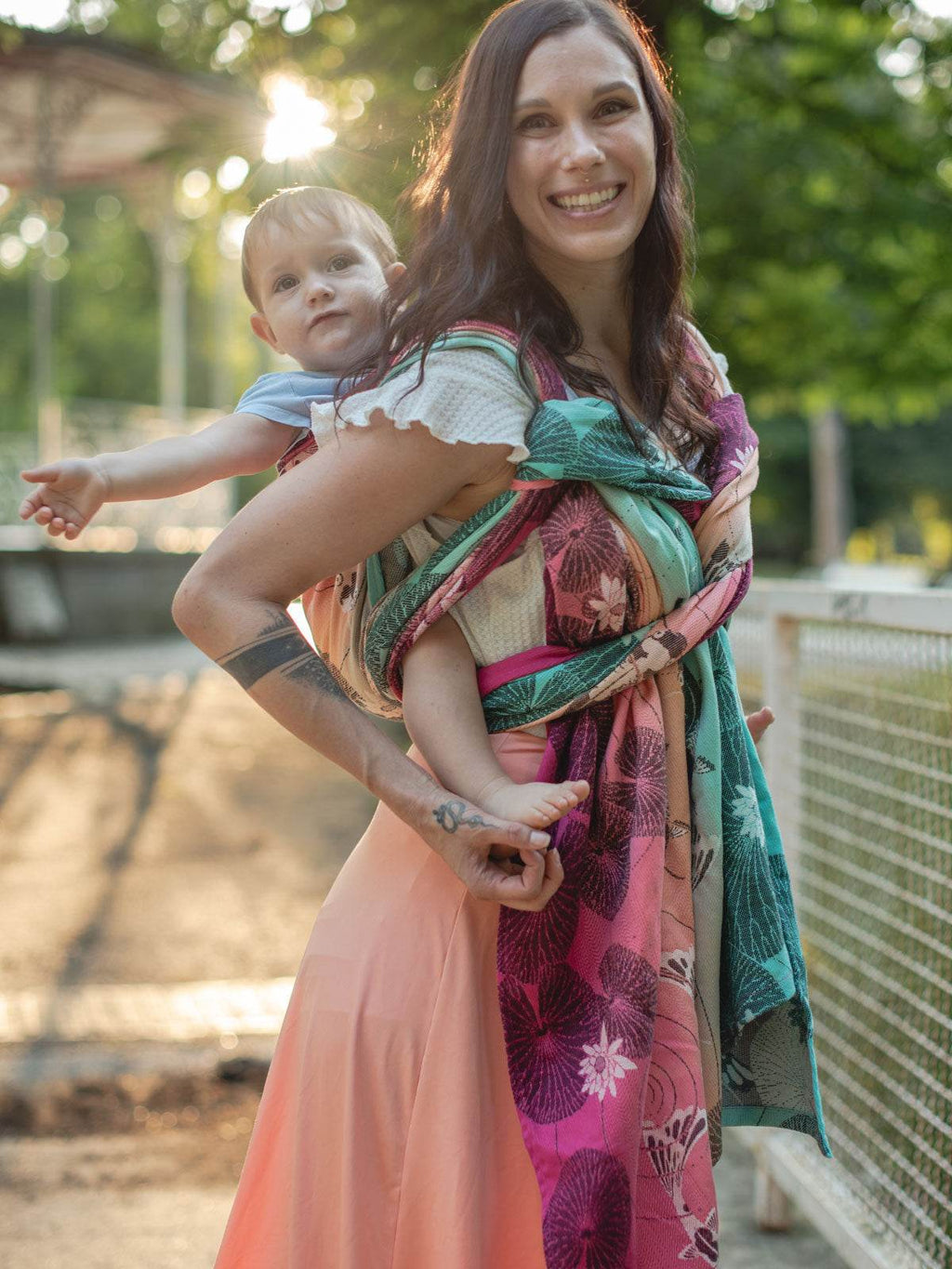
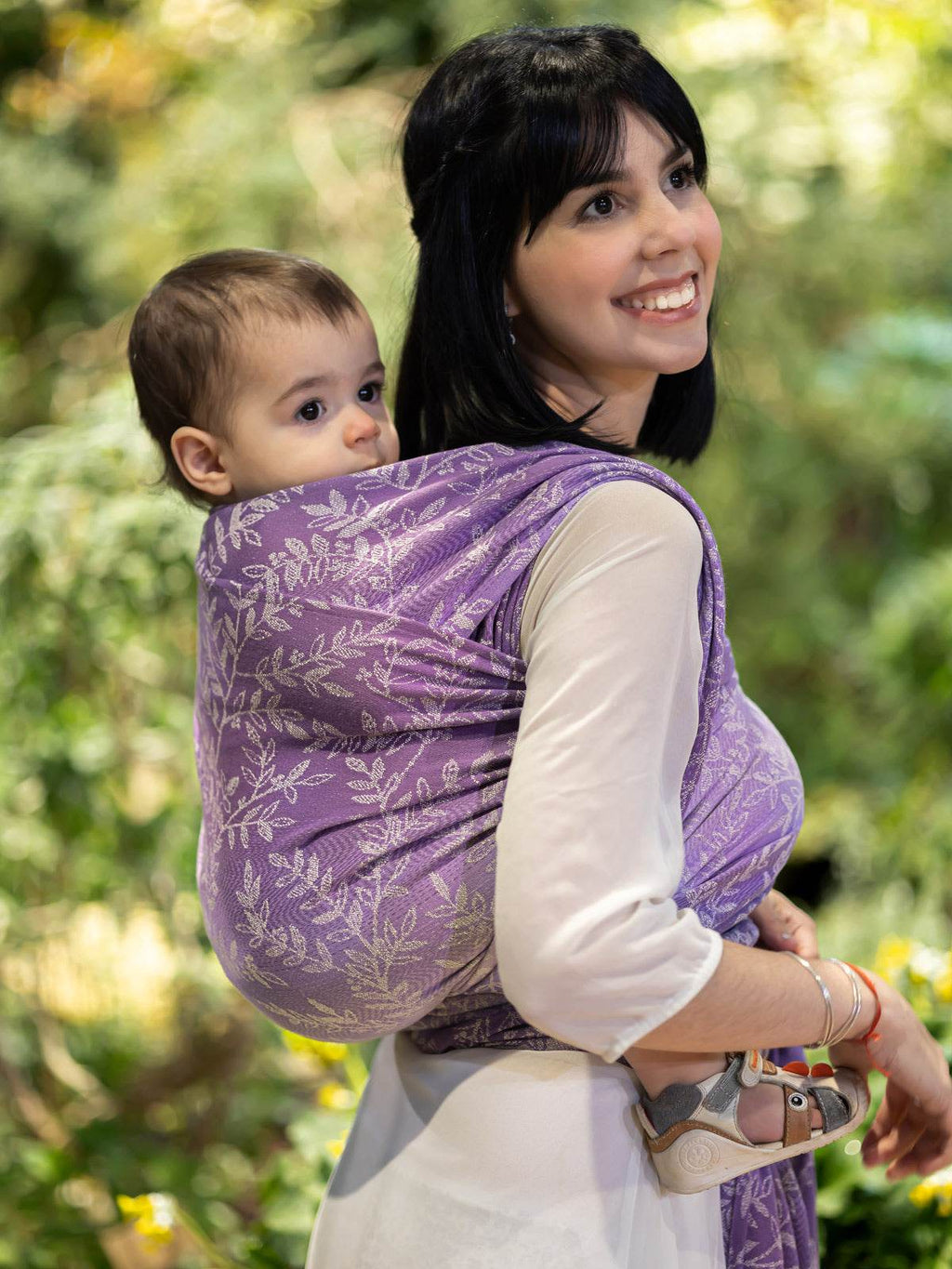
 https://oschaslings.com
https://oschaslings.com